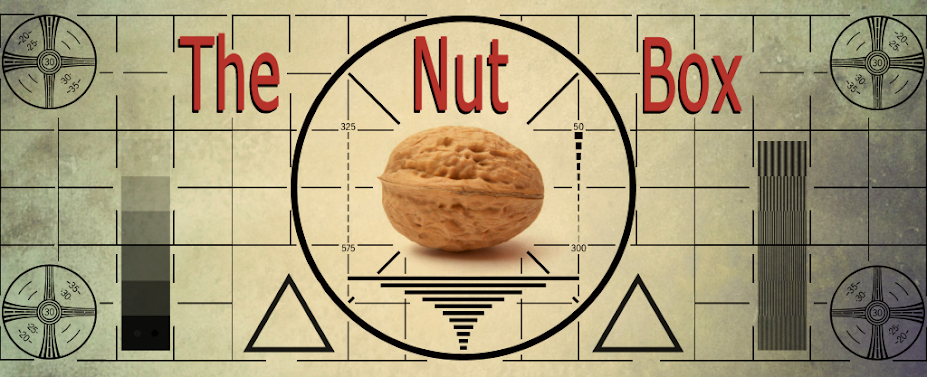It’s the story of a man and a place, Ben Mears and the titular Salem’s Lot. Ben (David Soul - the blond half of Starsky and Hutch), grew up in the town before moving away and becoming a fiction writer. He’s the Lot’s very own golden boy.
Childhood experiences shape the adult we become, so it’s because of Salem’s Lot that Ben is Ben, but he can’t resist the urge to unravel the mystery of those early years. Doing so could shake the very core of why he's the inquisitive pain in the ass that he is, but Ben doesn't care, he simply wants to know if the house on the hill is the resting place of evil that he always believed it was.
The house has stood cold and empty for many years but has recently been reoccupied. Hooray for convenient King plot devices.
What follows is a slow-build vampire story that explores the idea of what might happen if the creatures of legend actually existed and occupied small town America; Maine, of course.
Despite the orchestrated pacing of the story there’s a distinct lack of unease or panic most of the time. There are a few exceptions, though. A small handful of scenes are genuinely creepy; they're unforgettable once seen and have become highly influential. Good work, Tobe Hooper.
The same drawing from the past that influenced the story is used in the aesthetic of the F. W. Murnau style creature design, which is good for a TV production. As is the music, which occasionally has a slight Hermann/Hitchcock aura about it.
Ultimately, it's a flawed attempt to modernise a classic genre but isn't without its eerie charms if you're not averse to late 70s TV production values.
3 window peepers out of 5





